11 Hubble Images that Changed the Way We See the Universe
NASA launched the Hubble Space Telescope into Earth’s orbit on April 25, 1990, marking its 33rd anniversary today. Hubble’s three decades of exploration have unveiled mysterious objects and incredible images in the universe.
The Hubble telescope captured everything from the farthest snapshot of the universe when it was still in its infancy to superfast specks of material that black holes ejected. It has shared us a better view of the cosmos than we can ever think of.
Thus, it is one of the most significant telescopes of all time. Although Hubble’s heir, the James Webb Telescope, is also excelling at helping us observe better, the legacy of Hubble stays important.
Top 11 Most Famous Hubble Images
From the supermassive black hole and galaxies colliding with Einstein’s rings, here we present a list of the eleven most incredible images that Hubble had captured.
‘X’ inside the Whirlpool Galaxy – June 1992

Photo Credit: skyatnightmagazine.com
An impressive Hubble image of a dark cross at galaxy M51, Whirlpool Galaxy’s core, is due to cosmic dust. It also marked the black hole’s position. The dark X’s two lines are dust rings 100 lightyears in diameter.
You may also like: Oldest Galaxies in the Universe Discovered by Webb Telescope
Jets from the Black Hole – February 1998
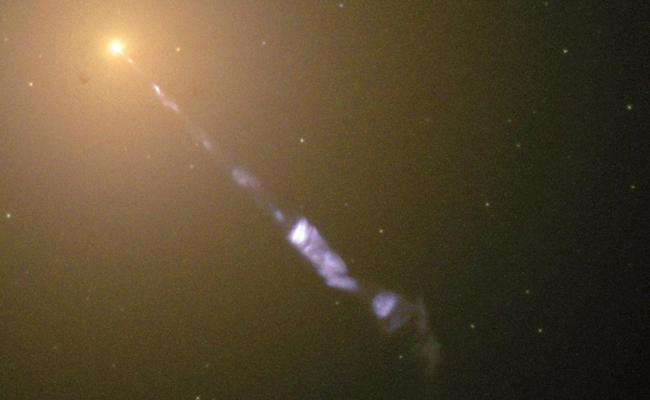
Photo Credit: skyatnightmagazine.com
An incredible snapshot of the jets from the black hole in Galaxy M87 was one of Hubble images’ finest. The jet of electrons that black holes power and some sub-atomic particles pass at almost the speed of light.
They streamed the center of the galaxy M87 like the glow of a lighthouse. The jet’s blue light contrasts with the yellow beam from the combination of the light of billions of unseen stars. They make up the galaxy which is 50 million lightyears in distance.
Einstein rings circling elliptical galaxies – November 2005
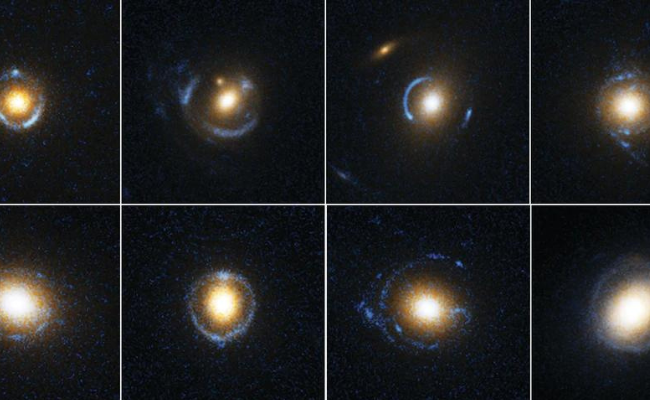
Photo Credit: skyatnightmagazine.com
Hubble images showed yellow blobs, which are substantial elliptical galaxies. They are around 2-4 billion lightyears away. The blue light of a mother galaxy twice as far outlined these elliptical galaxies.
The nearest galaxy’s gravity has averted the background light onto the Einstein rings.
Black Hole Eating Up a Doughnut of Space Dust – December 2005
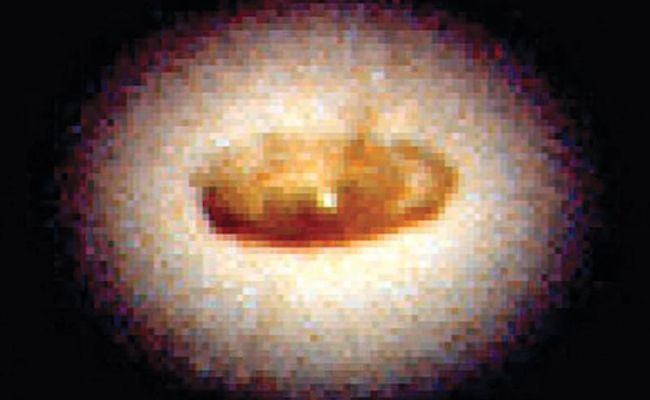
Photo Credit: skyatnightmagazine.com
This doughnut shape image is a mass of dust powering a black hole at the center of galaxy NGC 4261. It is an 800-lightyear-wide disc estimated to be 1.2 billion times the Sun’s mass.
Moreover, the gravity of the black hole can pull in enough materials near it to create 100,000 Sun-like stars.
Galaxies, Black Hole Jets, and Hot Gas – November 2006
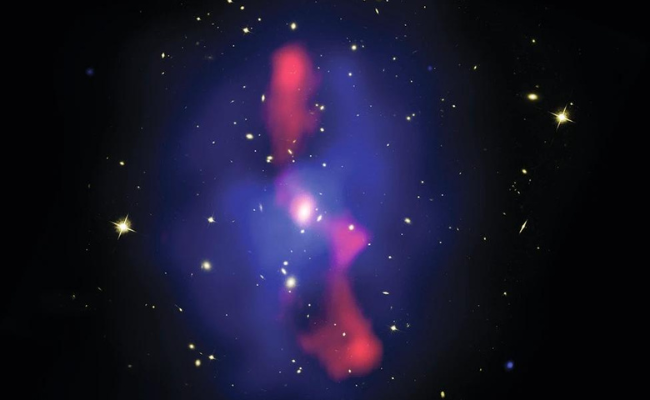
Photo Credit: skyatnightmagazine.com
Three aspects of a galaxy cluster are present in this image. This Hubble image features the galaxies in yellow. Chandra’s take shows an X-ray-diffusing hot gas in the shade of blue.
Jets of high-energy specks from a black hole that appear as vast arrays of red pushed aside the hot gas.
The Crashing of Galaxies – January 2009
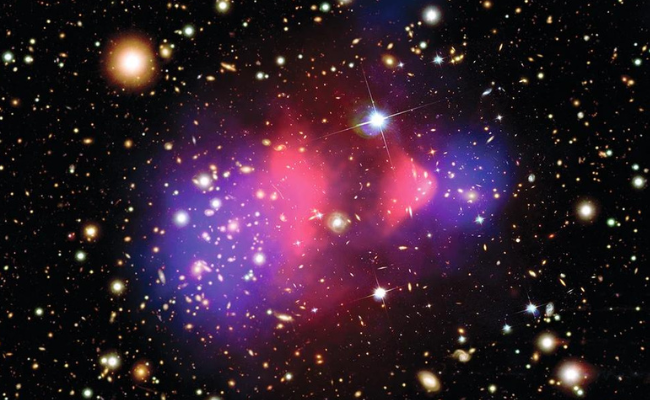
Photo Credit: skyatnightmagazine.com
This combines Hubble images and the Chandra X-ray observatory, where galaxies collide in a clustered bullet. The incredible photo shows that the majority of the mass of galaxies is not attached to the cluster’s hot gas.
They are showing in pink colors. In addition, Astronomers conclude that dark matter is present in the area and shows in blue.
A Distant Galaxy’s Gravity Bending Light – March 2011
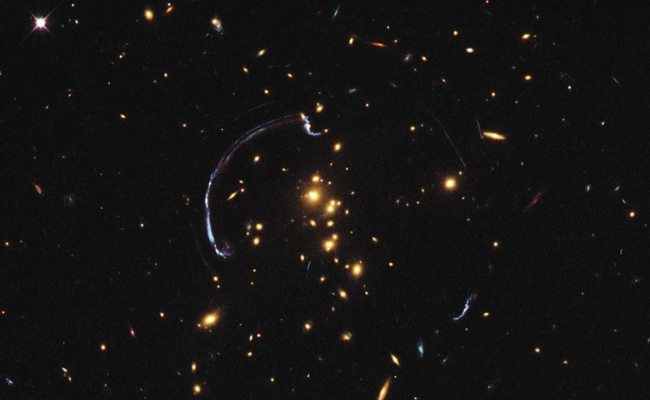
Photo Credit: skyatnightmagazine.com
The Hubble telescope captured its most astonishing examples of gravitational lensing in the image. A yellow galaxy cluster’s gravitational field located 5 billion lightyears far has inclined the light of a background galaxy.
In addition, the galaxy was 10 million lightyears away. The gravitational bending resulted in a striking blue arc.
Gravity Expanding a Huge Galaxy – October 2011
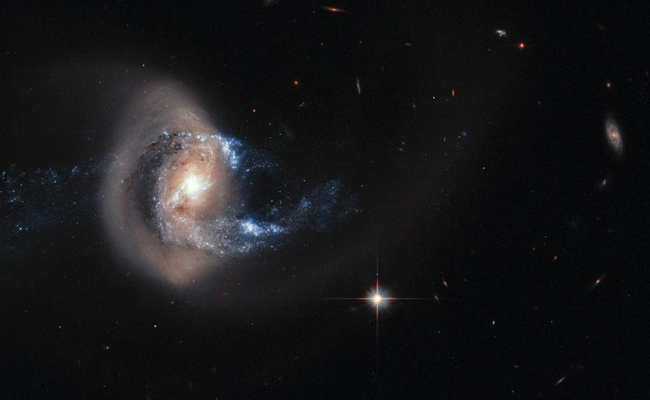
Photo Credit: skyatnightmagazine.com
The stretching of the universe started around 200 million years ago. The photo shows how the ring shape of NGC 7714 is distorted due to expansion.
A galaxy at the photo’s left edge stretched it, producing this captivating image.
You may also like: Newfound ocean bacteria could hold the key to finding extraterrestrial life
A Deeper Look into the Early Universe – July 2002- March 2012
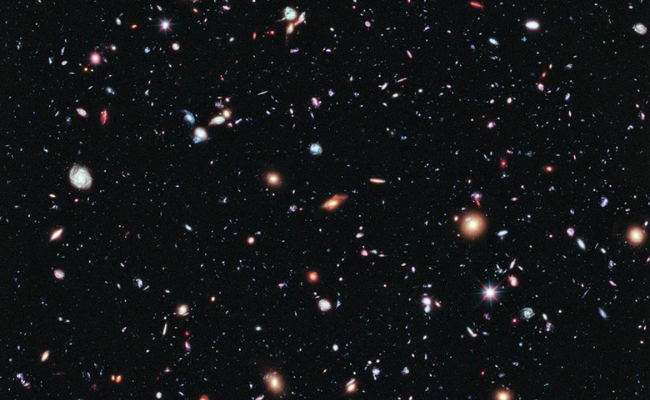
Photo Credit: skyatnightmagazine.com
This photo revealing the form of thousands of galaxies is Hubble’s most detailed view of the universe. It proves that the structure and shape have existed for a long time.
These galaxies appeared 13.2 billion years ago, only 500 million years following the Big Bang.
Small Distant Galaxy with a Super Huge Black Hole – September 2014
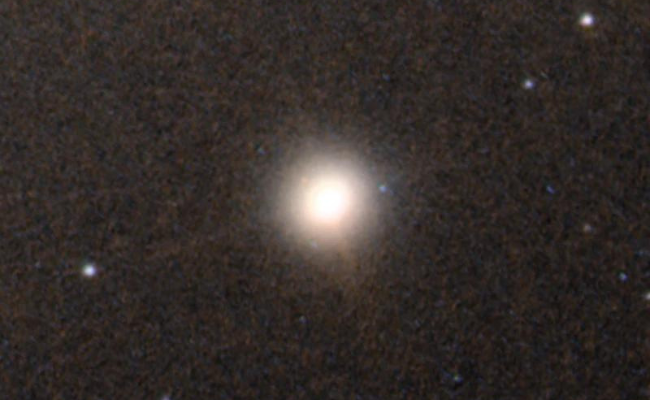
Photo Credit: skyatnightmagazine.com
Situated 54 million lightyears far is one of the smallest galaxies with a supermassive black hole. This is the dwarf galaxy M60 which astronomers believe a giant blackhole lies within the center.
Overall, the Hubble Space Telescope has played an important role in broadening our understanding and knowledge of the universe. Moreover, it gave us a clearer view of the cosmos’ beauty, opening our eyes to what’s outside our planet.
While the new James Webb Space Telescope promises to give more insights into the universe, Hubble will still be a legend in the history of astronomy.

